Android游戲引擎libgdx使用教程4:舞臺(tái)和演員的游戲?qū)嵗?/h1>
大家先要有舞臺(tái)和演員的概念,下面通過一個(gè)游戲截圖來(lái)說明:
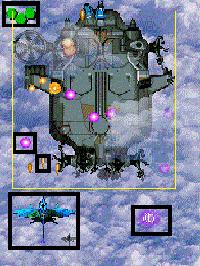
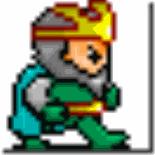

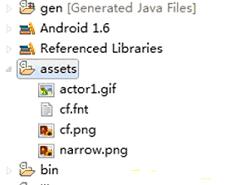
再看一下FirstActor。
聲明一個(gè)Texture用于繪制。在構(gòu)造方法中獲取到高度和寬度,以便于后期的hit時(shí)間判斷。
- package com.cnblogs.htynkn.domain;
- import com.badlogic.gdx.Gdx;
- import com.badlogic.gdx.graphics.Texture;
- import com.badlogic.gdx.graphics.g2d.SpriteBatch;
- import com.badlogic.gdx.scenes.scene2d.Actor;
- public class FirstActor extends Actor {
- Texture texture;
- @Override
- public void draw(SpriteBatch batch, float parentAlpha) {
- batch.draw(texture, this.x, this.y);
- }
- @Override
- public Actor hit(float x, float y) {
- if (x > 0 && y > 0 && this.height > y && this.width > x) {
- return this;
- } else {
- return null;
- }
- }
- @Override
- public boolean touchDown(float x, float y, int pointer) {
- // TODO Auto-generated method stub
- return false;
- }
- @Override
- public void touchDragged(float x, float y, int pointer) {
- // TODO Auto-generated method stub
- }
- @Override
- public void touchUp(float x, float y, int pointer) {
- // TODO Auto-generated method stub
- }
- public FirstActor(String name) {
- super(name);
- texture = new Texture(Gdx.files.internal("actor1.gif"));
- this.height = texture.getHeight();
- this.width = texture.getWidth();
- }
- }
NarrowButton中代碼繪制部分和上面的以下,主要是有個(gè)點(diǎn)擊后控制人物行動(dòng)的問題。
修改touchDown事件:
通過Group獲取到FirstActor,控制x值。
- public boolean touchDown(float x, float y, int pointer) {
- Actor actor = this.parent.findActor("renwu");
- actor.x += 10;
- return false;
- }
效果:
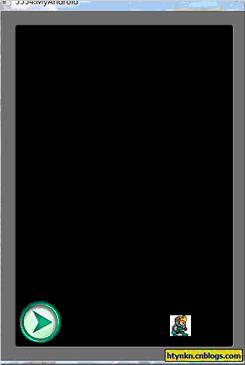
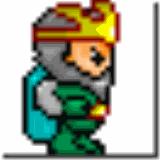
可以看出所謂的動(dòng)畫其實(shí)是一張一張的圖片不斷切換(其實(shí)所有的動(dòng)畫都是這個(gè)樣子的)。
我們構(gòu)造一個(gè)圖片列表然后根據(jù)事件變動(dòng)不停取出,重新繪制就形成動(dòng)畫了。
注意一下傳入的時(shí)間和圖片列表大小的問題,修改FirstActor代碼如下:
- package com.cnblogs.htynkn.domain;
- import com.badlogic.gdx.Gdx;
- import com.badlogic.gdx.graphics.Texture;
- import com.badlogic.gdx.graphics.g2d.Animation;
- import com.badlogic.gdx.graphics.g2d.SpriteBatch;
- import com.badlogic.gdx.graphics.g2d.TextureRegion;
- import com.badlogic.gdx.scenes.scene2d.Actor;
- public class FirstActor extends Actor {
- Texture texture1;
- Texture texture2;
- Animation animation;
- TextureRegion[] walksFrame;
- float stateTime;
- @Override
- public void draw(SpriteBatch batch, float parentAlpha) {
- stateTime += Gdx.graphics.getDeltaTime();
- TextureRegion currentFrame = animation.getKeyFrame(stateTime, true);
- batch.draw(currentFrame, this.x, this.y);
- }
- @Override
- public Actor hit(float x, float y) {
- Gdx.app.log("INFO", x + " " + this.width);
- if (x > 0 && y > 0 && this.height > y && this.width > x) {
- return this;
- } else {
- return null;
- }
- }
- @Override
- public boolean touchDown(float x, float y, int pointer) {
- // TODO Auto-generated method stub
- return false;
- }
- @Override
- public void touchDragged(float x, float y, int pointer) {
- // TODO Auto-generated method stub
- }
- @Override
- public void touchUp(float x, float y, int pointer) {
- // TODO Auto-generated method stub
- }
- public FirstActor(String name) {
- super(name);
- texture1 = new Texture(Gdx.files.internal("actor1.gif"));
- texture2 = new Texture(Gdx.files.internal("actor2.gif"));
- this.height = texture1.getHeight();
- this.width = texture1.getWidth();
- TextureRegion region1;
- TextureRegion region2;
- region1 = new TextureRegion(texture1);
- region2 = new TextureRegion(texture2);
- walksFrame = new TextureRegion[30];
- for (int i = 0; i < 30; i++) {
- if (i % 2 == 0) {
- walksFrame[i] = region1;
- } else {
- walksFrame[i] = region2;
- }
- }
- animation = new Animation(0.25f, walksFrame);
- }
- }
效果:
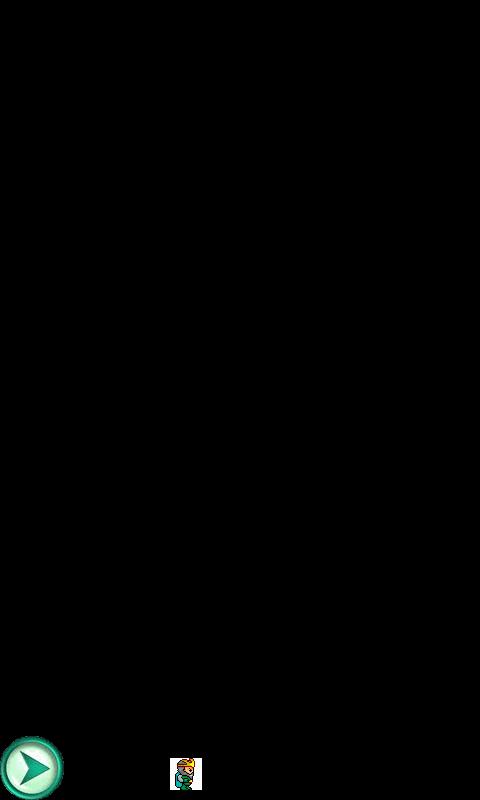
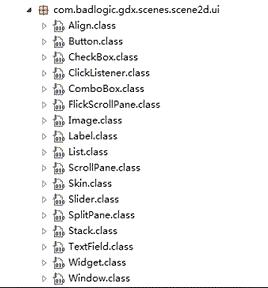 責(zé)任編輯:閆佳明
來(lái)源:
jizhuomi
責(zé)任編輯:閆佳明
來(lái)源:
jizhuomi
























